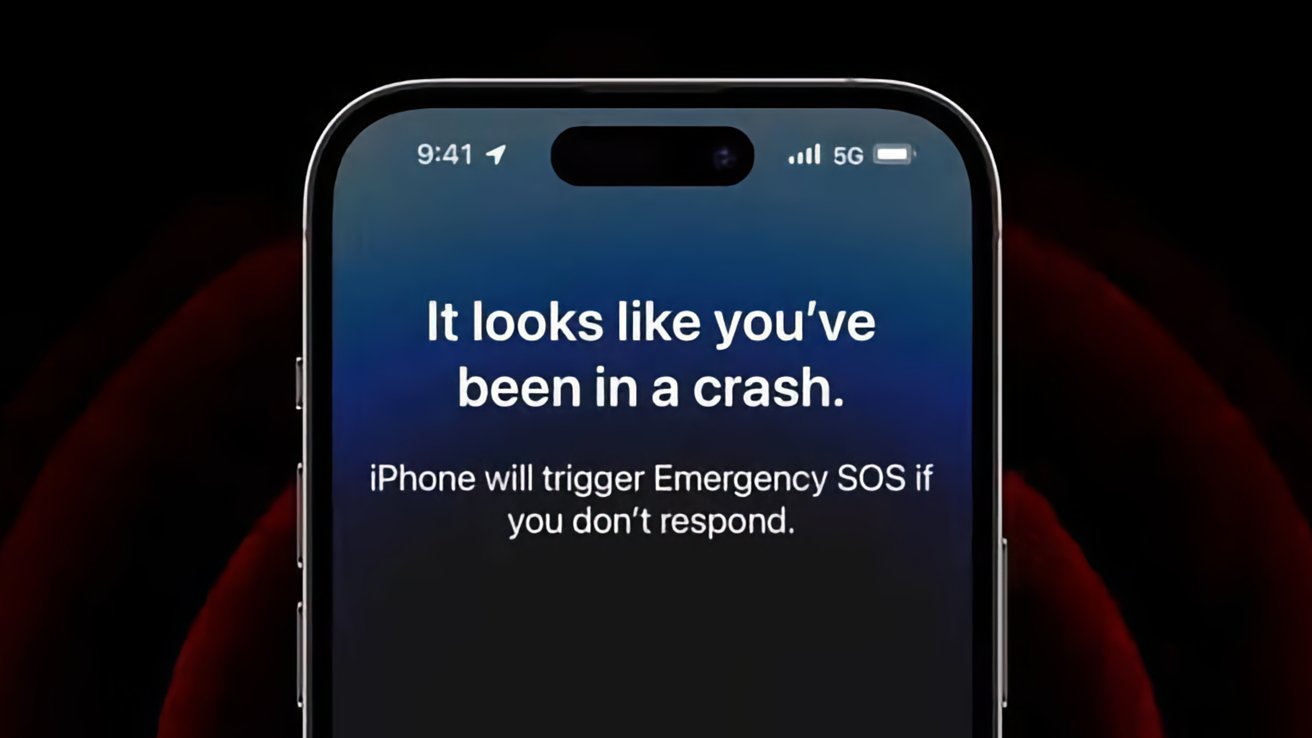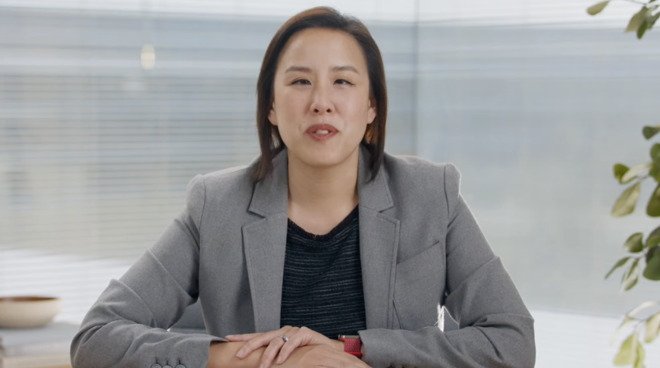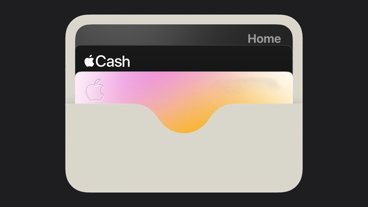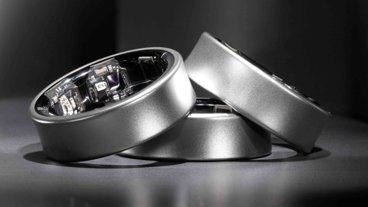Apple says there's no single 'silver bullet' behind crash detection
Following issues like rollercoasters triggering the new iPhone 14 crash detection, Apple executives have been revealing more about how it works.
There have been real crashes, as well as the erroneous rollercoaster reports, plus independent testing has shown that crash detection won't always work. Now two of Apple's executives have told TechCrunch how crash detection works, and so why there can be these failures, or false positives.
"It's mostly the G Force detection [of the new gyroscope and accelerometer," said Kaiann Drance, Apple's vice president of Worldwide iPhone Product Marketing. "It's able to detect G Force up to 256 Gs. That was one of the key differences for the new accelerometers that the new watches and phones have."
Vice president, Sensing & Connectivity, Ron Huang, said: "It started off with our fundamental understanding of what is experienced during a crash."
"In these crashes, you see impact forces over 100[Gs]," continued Huang. "We started around 256. Any time you try to increase that range, there are trade-offs, in terms of precision at the higher range and the power costs. It took the team a lot of work to build the sensors in this way."
But beyond the improved gyroscope and accelerometer, Apple says that there are many other sensors that are involved. It's the combination of information from the sensors that ultimately triggers the crash detection feature.
While Apple did not detail all of the different sensors, Huang stressed that it has to be a combination effort — and that which sensors are combined will change depending on the situation.
"There's no silver bullet, in terms of activating crash detection," he explains. "It's hard to say how many of these things have to trigger, because it's not a straight equation."
"Depending how fast the traveling speed was earlier, determines what signals we have to see later on, as well," continued Huang. "Your speed change, combined with the impact force, combined with the pressure change, combined with the sound level, it's all a pretty dynamic algorithm."
Huang and Drance said that, for instance, barometric pressure changes in a crash, but if a car's windows are open, the change is too small to be a significant factor. Equally, there are many ways of detecting that you're driving, such as how Wi-Fi routers will change "very rapidly — faster than if you're walking or biking."
Drance says that the company does not want "to be doing a lot of false calls to 911 when they're not necessary." She reports having had a minor collision that did not prompt the crash detection feature.
"My crash detection did not go off, because it's just one of those minor things where you just get out of your car and keep going," she said. "That's part of the sensor fusion and accuracy."
Huang and Drance also explained more about what happens when crash detection is triggered and the iPhone or Apple Watch tries to call for help. They first "attempt to dial" over the owner's network, then if that's not available, "we will try to route to any other available carrier."
Neither Apple executive would be drawn on the differences in accuracy between the iPhone 14 and the Apple Watch Series 8, but does acknowledge that they are not the same.
"There are differences," said Huang. "[Apple] Watch is on your wrist, and the kind of impact you see on your wrist during a crash will be very different."
"There are those differences, but, for example, barometer is very similar with the iPhone and Watch," he continued. "So there are differences based on how the devices are used, placed or worn."
Apple has previously released an overview video explaining how crash detection works.
 William Gallagher
William Gallagher















 Amber Neely
Amber Neely
 Thomas Sibilly
Thomas Sibilly
 AppleInsider Staff
AppleInsider Staff

 Malcolm Owen
Malcolm Owen
 Christine McKee
Christine McKee










18 Comments
So if you are wearing a Apple Watch, and fall off a high building, cliff, cruise ship, a container ship, Aircraft carrier, bridge, or a plane crash etc.. you might trigger crash detection? Hmm sounds like it works…
What this shows is this idiotic rollercoaster ride should be shut down because it's dangerous and probably exceeds any approved safety requirements this ride delivered. Sure, ride at your own risk doesn't really cut it.